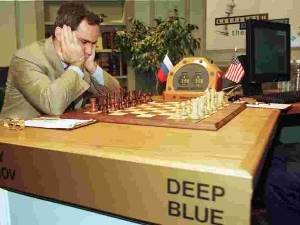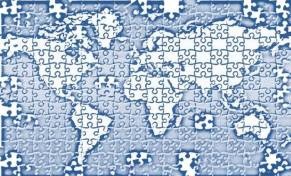In the very interesting book ‘Hedge: A Greater Safety Net for the Entrepreneurial Age‘ by Nicolas Colin, consideration is given to the changes in our institutions needed to deal with the Collaborative Age. In this context, the evolution of the institutional setup in the USA takes a particular importance being the original place of the current Fourth Revolution. And his conclusion is that this transformation is not happening, weakening the USA as the economic giant of the age, and starting its decadence.

“Being the dominant power in a given techno – economic age is not only about nurturing the dominant corporations of the day . It’s also about building the institutions needed to bring about economic security and prosperity . America has been the hotbed of three consecutive technological revolutions . But now that we’re deep into the current age of ubiquitous computing and networks , it’s entirely possible that the US will know the same fate as Germany at the dawn of the age of steel and heavy engineering . Despite having a headstart and everything needed to succeed , it could come up short and , taken aback by its own demise , experience the worst decades in its history“
The issues are well known: the lack of a proper minimum safety net for people, in particular those not working in the large corporations typical of the industrial age; problematic institutions preventing real reforms to pass; a pioneer economy that is deeply opposite to the need to protect the environment etc.
I like the historical comparison as it shows the importance of transforming the institutions to fit the economic evolution. In the long term it is what makes a difference. Whether institutions can change sufficiently fast remains to be seen.











